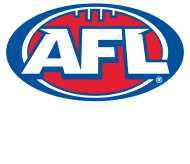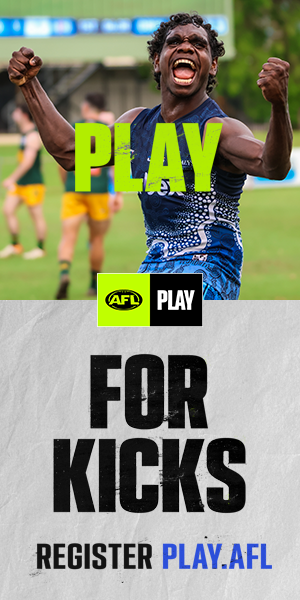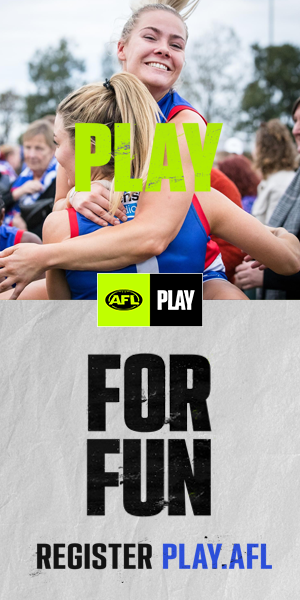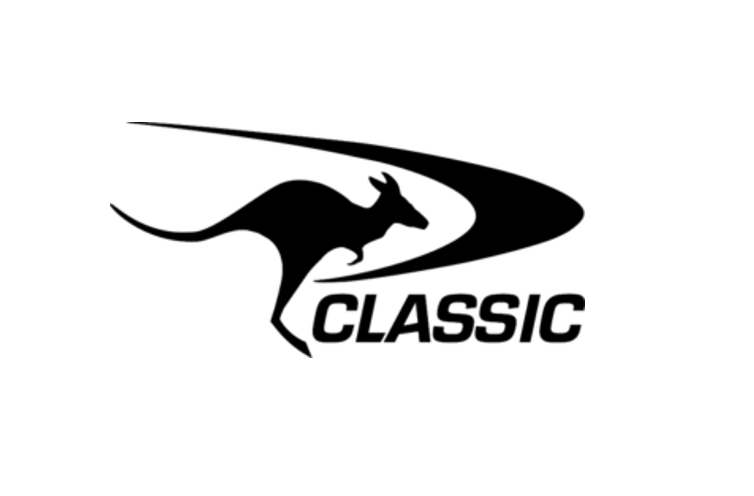AFL Queensland has found insufficient justification for the establishment of a State League team on the Sunshine Coast – at least in the short-term future.
Friday, 5 November, 2010
AFL Queensland has found insufficient justification for the establishment of a State League team on the Sunshine Coast – at least in the short-term future.
This follows an exhaustive 12-month feasibility study conducted by prominent Sunshine Coast football identity Shane Johnson.
AFL Queensland Football Operations Manager Martin King, in announcing the findings of the feasibility finding today, stressed that the door was not closed forever on a combined Sunshine Coast team.
But King said the League had “no option” but to put the project on hold “for the next few years” due chiefly to fears that it would not be economically viable.
King conceded, too, that a proposed facelift for domestic football in south-east Queensland via a new-look Northern League had also made it more difficult to inject a Sunshine Coast team into the existing QAFL State League competition.
Under this proposal, still to be ratified by the AFL, a two-conference competition is likely to be set up for second-tier football in north-eastern Australia.
It is tipped to include nine existing QAFL teams, plus the Reserves team of the new Gold Coast Suns.
The Western Magpies, who in September surrendered their first division license to return to the second division (Pineapple Hotel Club), will not be part of the new-look format.
The 10 QAFL teams, including the Suns Reserves and Darwin-based NT Thunder, are likely to comprise the northern conference, with southern conference to be made up of the Reserves sides of the Sydney Swans and Greater Western Sydney, who will become the AFL’s 18th team in 2012, plus five clubs from the AFL Canberra competition.
“If it was as simple as putting a Sunshine Coast team into the existing QAFL State League it may have been possible in a couple of years, but the changing landscape of domestic football just makes it too difficult at present,” King said.
Johnson, a passionate supporter of Sunshine Coast football for more than 30 years, admitted he was “terribly disappointed” by his findings but said he and the League had no option but to be realistic.
“There were a lot of positives to come out of the study, and the establishment of a Sunshine Coast Hall of Fame was a wonderful thing and hopefully is a legacy that will live forever,” Johnson said.
“The positive factors included population growth in the area, increased junior participation numbers, an improved standard in the Suncoast Power junior representative programs, terrific local media coverage and the competitiveness of teams from Noosa, Maroochydore, Caloundra and Nambour at their respective levels of football,” Johnson said.
“But in the end the negatives were just too strong.”
Significantly, Johnson said, 76% of people surveyed suggested any newly-developed and combined Sunshine Coast team would need to be based in the central region, at Maroochydore, rather than at Noosa or Caloundra.
“But he said the fact that the proposed headquarters at Fisherman’s Road would have to be shared with other sporting tenants would add significantly to the financial burden and operational concerns.”
In summary, Johnson said key factors that worked against a Sunshine Coast State League team were:-
1. The economic downtown on the Sunshine Coast, the likely inability of the proposed new club to generate necessary funding of $250,000 – $300,000, and indications that the situation is likely to get worse before it gets better.
2. A lack of suitable social club facilities to generate sufficient revenue.
3. A new club would put a significant drain on the volunteer network that is already stretched under existing circumstances and could, in fact, become a significant problem for existing Sunshine Coast clubs.
4. The split and diverse nature of the Sunshine Coast region, from Caloundra to Noosa/Gympie, would make it difficult to attract a sufficient supporter/spectator base.
“Overall, there is a real passion for the code right across the Sunshine Coast, but the majority of people are content to get their football fix on TV, via an occasional visit to the Gabba to watch AFL footy, or in an occasional visit to a local club,” said Johnson.
“In tough economic times unfortunately that’s not the basis for starting a new football club which could unwittingly cause significant problems in terms of money and volunteer drain on existing clubs.”



























































